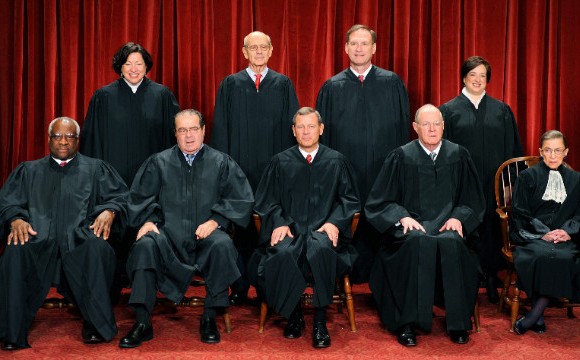What is the Supreme Court ruling of the Fisher v. Texas legal case?

One of America’s schools responsibilities is to prepare students for higher education. As a part of that process, students must meet certain admission standards of educational institutions. At the same time, these institutions must establish admission polices that are fair to all students. So, the critical questions to be asked are: What is the Supreme Court ruling of the Fisher v. Texas legal case? What is the legal background of the Abigail Fisher v. University of Texas at Austin (UT)? How does UT admit student applicants to its institution?
In the Fisher v. Texas case, plaintiff Abigail Fisher (white female) applied to the University of Texas at Austin (UT) in 2008 but was denied admission. Fisher filed suit, alleging that UT had discriminated against her on the basis of race in violation of the Equal Protection Clause of the Fourteenth Amendment. UT admits applicants in the top 10 percent of each high school graduation class in Texas regardless of race. Fisher was in the top 12 percent of her high school class. She was one of 29,501 applicants to apply for admissions at UT. From this pool, 12,843 applicants were admitted excluding Fisher.
In support of Fisher and UT, many groups filed amicus briefs prior to the Supreme Court ruling. On behalf of Fisher, some of the groups included the Texas Association of Scholars, the American Center for Law and Justice and the American Civil Rights Union. On behalf of UT, some of the groups included the Association of American Law Schools, the Society of American Law Teachers and the American Council on Education.
On Monday, June 24, the Supreme Court ruled in a 7-1 decision on the Fisher v. Texas legal case related to affirmative action in college admissions. The court cited that the policy of admitting the top 10 percent of each high school graduation class in Texas regardless of race needs greater scrutiny than what was provided by the Fifth U.S. Court of Appeals. The Supreme Court ordered a federal appeals court in Texas to reconsider the case and review closely UT’s criteria for admitting students. The Supreme Court referenced several cases as framework for the federal appeals court to “assess whether UT has offered sufficient evidence to prove that its admission program is narrowly tailored to obtain the educational benefits of diversity.”
In trying to interpret the ramification of the court decision, some opponents of affirmative action postulate that the Supreme Court ruling creates a path for the appeals court to reject UT’s admissions policy. On the other hand, proponents of affirmative action express the idea that colleges in some instances can consider race in college admissions. However, they have to show how considering race or diversity in college admissions is essential to their educational mission. From the opinion of a panel of lawyers at a higher education conference, this legal case raises the following challenges for the federal appeals court to measure: How do you define merit? How should college program or admissions policy look? How much deference will be given? How do you adhere to a critical mass? How many minority students are enough? Is the percentage admissions plan of the UT system sufficient? What is the educational mission of the institution?
As we continue to wait for a final ruling of the Fisher v. Texas legal case, educational institutions must establish admission policies that are fair to all students. For legal assistance and resources, they should contact the National Association of College and University Attorneys and the Higher Education Compliance Alliance.
Dr. Ronald Holmes is the author of three books, “Education Questions to be Answered,” “Current Issues and Answers in Education” and “How to Eradicate Hazing.” He is publisher of “The Holmes Education Post,” an education focused Internet newspaper. Holmes is the national superintendent of education for the National Save the Family Now Movement, Inc., a former teacher, school administrator and district superintendent. He can be reached at [email protected].

